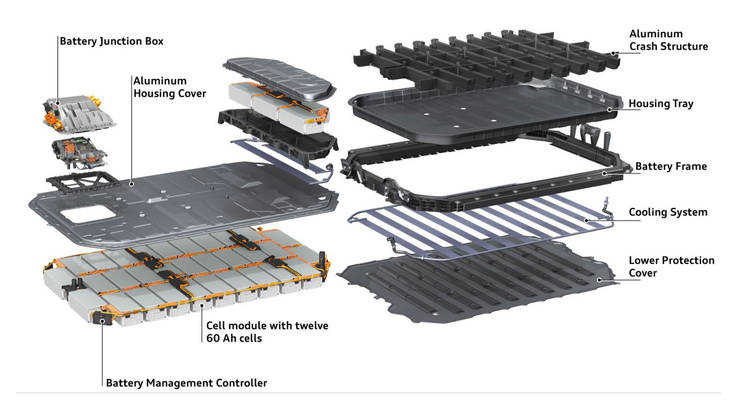Fully digital valves could change the future of the combustion engines that have no future
 |
| But what happens when cars are 100% electric and do not need an internal combustion engine. Such complicated technology for what? |
The hunt for efficient engine valve technology can be a never-ending journey into cam timing, various combustion cycles, and lift and duration adjustments writes Jeff Glucker of Motor Authority.
For that reason, some companies believe cam-less is the future vision of engine efficiency. A British outfit by the name of Camcon Automotive is looking at this problem from a different angle. An electric one, actually, as its prototype engine is the first such example to run with fully digitally controlled valves.
Camcon's approach to valve timing is quite different. It's called Intelligent Valve Technology and it makes use of valves that are not connected to a crankshaft, so the valves themselves can operate independently. Additionally, each valve has its own small camshaft, as opposed to the single or multiple larger camshafts typically found controlling an entire bank of valves. The miniature camshafts are controlled by electric motors, and it's that interaction that tells the valves how to behave.
The setup allows for precise (and precisely timed) changes to lift and duration, which describe the amount a valve opens and how long it stays open. There's no compromise found for an engine that wants low-end power, fuel economy at a given rev range, or has emissions requirements at the top end of where the engine wants to spin.
